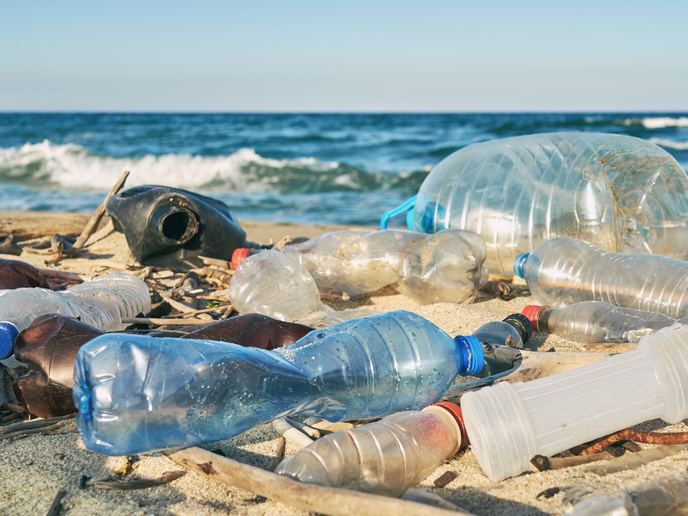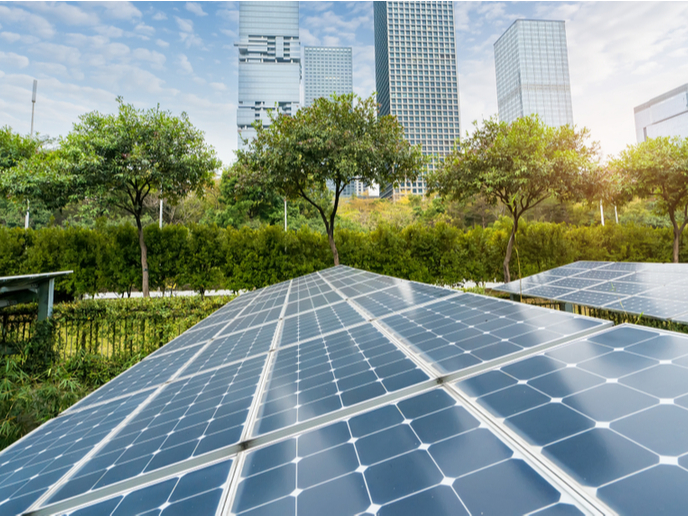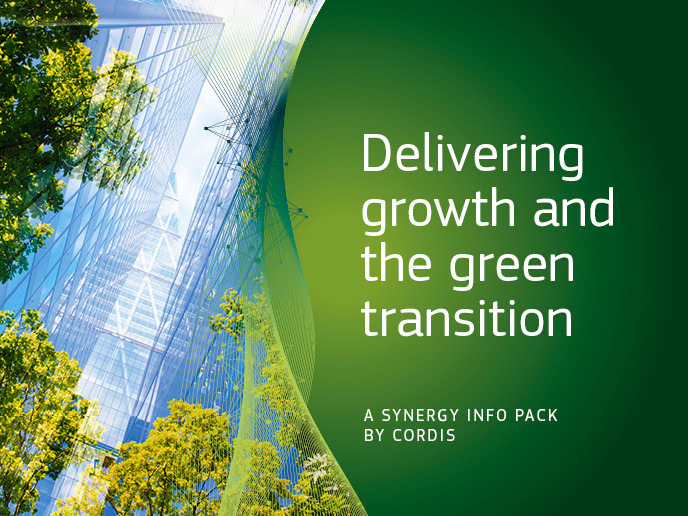Recycling innovation promises greener future for plastic
There is growing awareness among both policymakers and citizens that tackling plastic waste is a critical challenge. Despite the advances that have been made however, around 360 million tonnes of plastic waste are still produced every year. The good news is that promising new solutions are emerging. One of these is thermochemical conversion technology, which can transform plastic waste into reusable raw material. “By embracing such technologies, we can convert a global ecological threat into a sustainable solution,” explains CATALEPTIC(opens in new window) project investigator Mohammad Salimi, currently an engineer at Topsoe(opens in new window) in Denmark. “The potential is immense – a world where plastic waste is not just managed but harnessed to contribute to a cleaner future.”
Transforming plastic waste into reusable raw material
The CATALEPTIC project, which was coordinated by Aalborg University(opens in new window) in Denmark and supported by the Marie Skłodowska-Curie Actions(opens in new window) programme, focused on recycling polyolefins, a family of thermoplastics. The goal was to transform this plastic waste into reusable raw material, and into fuel, through a pioneering thermochemical conversion process called hydrothermal liquefaction(opens in new window) (HTL). In this process, an enclosed reactor converts wet biomass into both biocrude oil and chemicals. “Through this project, I wanted to delve deeper into the basic chemistry and material aspects of the process,” explains Salimi. To do this, Salimi set up micro batch HTL reactors filled with water and pure polymers. These reactors were maintained at a temperature range of 300-400 °C and provided valuable insights into the potential of HTL in recycling polyolefins.
Assessing potential of hydrothermal liquefaction
The pilot tests enabled Salimi to identify some of the advantages and disadvantages of applying HTL technology to certain polymers. “We were able to highlight areas where further research and development are needed,” says Salimi. “We showed that dechlorination(opens in new window) of PVC(opens in new window) using hot compressed water can have certain benefits. However, it’s also important to consider the corrosive nature of this process.” Using HTL, Salimi was able to recover up to 35 % of polystyrene building blocks. This rate is lower when compared to other recycling processes such as pyrolysis, especially in continuous mode. “This shows that there is room for improvement in HTL technology for polystyrene conversion,” he remarks.
Transforming waste into a resource
Salimi believes that transforming waste into a resource can help Europe make impressive strides towards a more sustainable and eco-conscious world. Lab-based projects such as CATALEPTIC can help show the way, and convince investors and policymakers of the feasibility of cutting-edge technologies. “Transitioning from the lab to the industrial scale requires concerted effort, not only from scientists but from various stakeholders as well,” he notes. “The next logical step would be to apply CATALEPTIC’s technology at the semi-pilot scale. This would provide valuable insights for future scaling up efforts.” The CATALEPTIC project has shown that HTL technology can play a significant role in plastic recycling in the future. Salimi points out that HTL is not the only promising recycling technology, and should be viewed as part of the solution. “We should not view HTL as a magical, stand-alone solution, applicable to all types of plastic waste,” he says. “Moving forward, we will need all kinds of technologies and recycling methods.”







